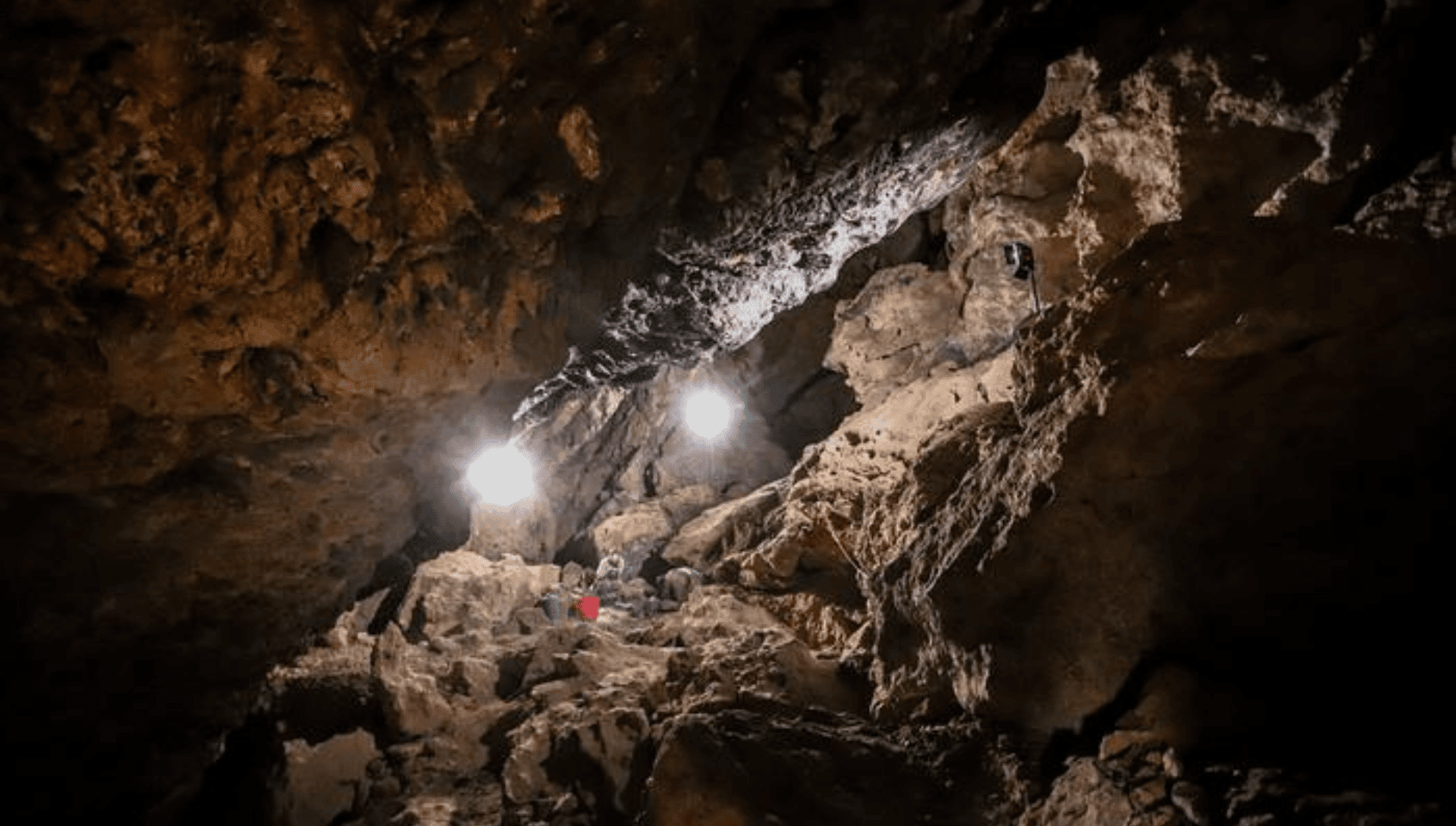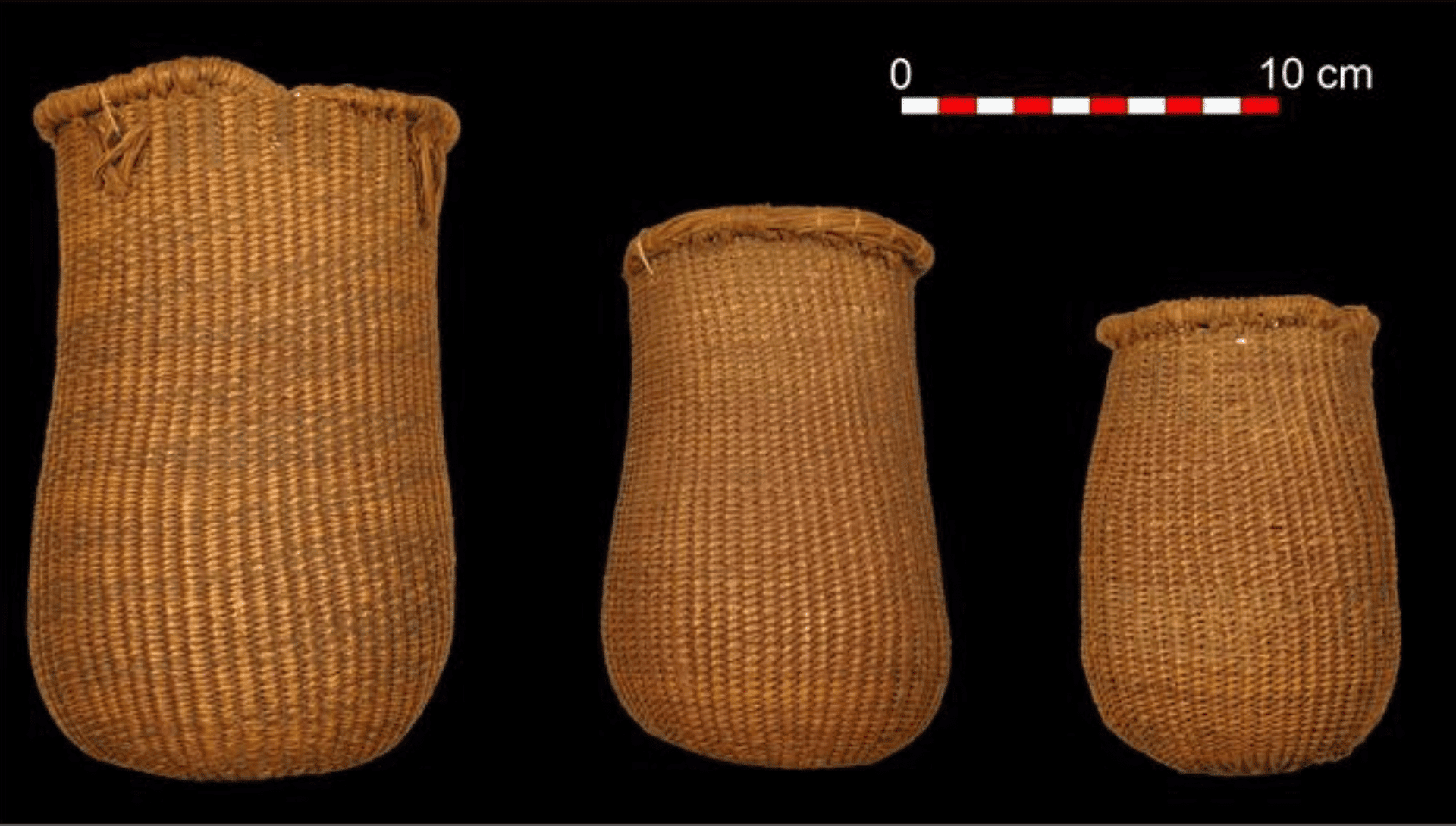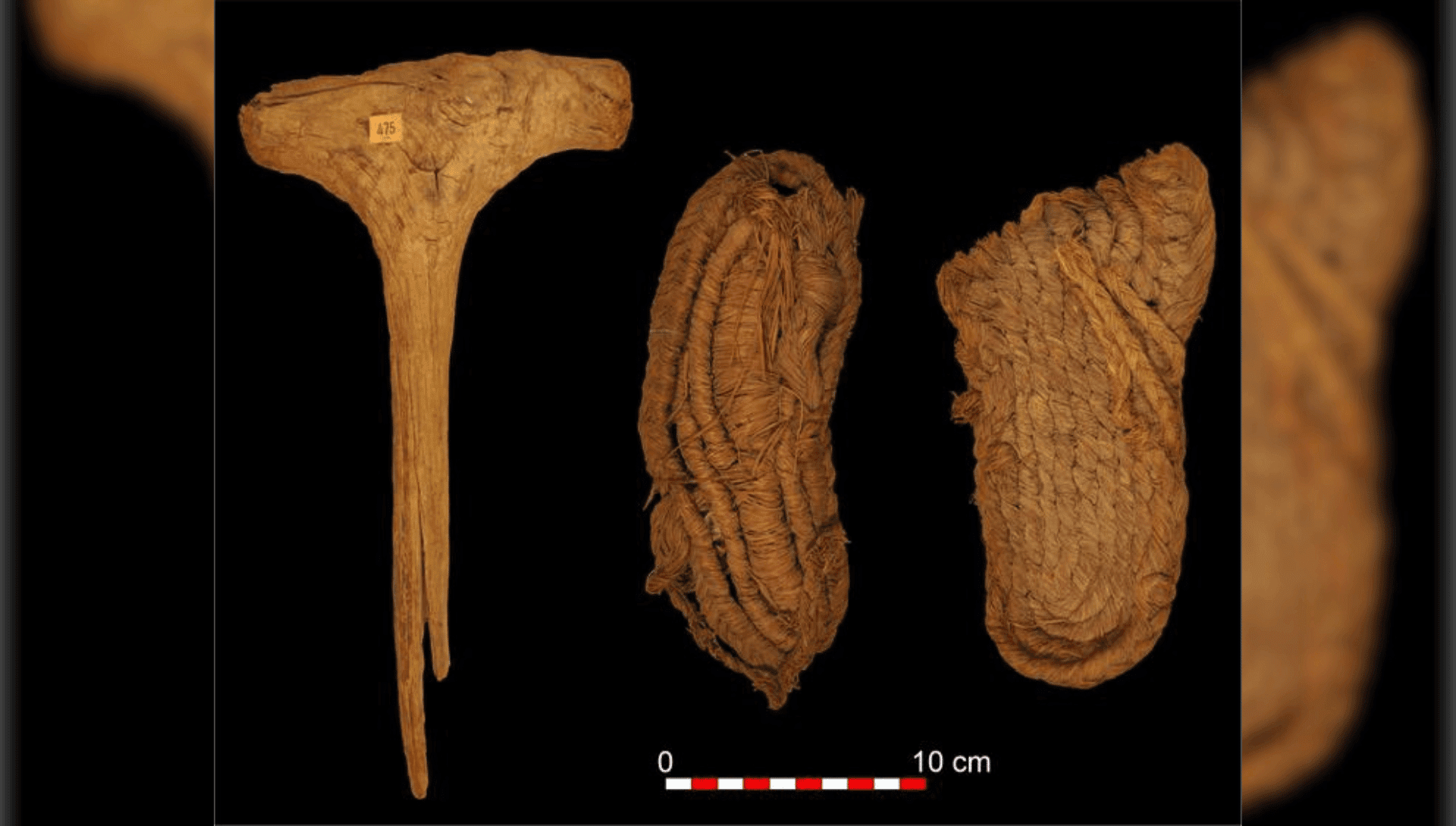Woven baskets and other items found in a cave in southern Spain over a century ago are much older than previously thought, according to a new study.

Hunter-gatherer societies on the Iberian Peninsula were making sophisticated woven baskets with decorative geometric patterns 9,500 years ago during the Mesolithic era, which is more than 2,000 years earlier than previously speculated.
Researchers in Spain have also stated that the sandals that were discovered with the woven baskets represent the “earliest and most diverse set of plant-based footwear documented in the prehistory of Europe.”
Carbon-14 dating tests have been carried out on 76 objects that were found by 19th-century miners in the Cueva de los Murciélagos, a cave in southern Spain. The objects, including a pair of sandals, a wooden stick and mace, and crafted woven baskets made from reed and esparto, were previously believed to have been made by Neolithic farmers.
According to Francisco Martínez-Sevilla, a researcher of prehistory at the University of Alcalá and the lead author of a paper outlining the findings that was published this week in Science Advances, and the research group, the carbon-14 testing showed that the baskets were actually crafted by hunter-gatherer communities in the Mesothilic era 9,500 years ago.

“My first reaction was, ‘Oh my God, that is not possible,’” Dr. Martínez-Sevilla said in a telephone interview, explaining how the discovery suggested that Mesolithic societies may have been more complex than previously imagined. “When we realized the magnitude of the findings, we published the paper with all the analysis in less than a year.”
In a statement about the findings, Dr. Martínez-Sevilla added, “The quality and technological complexity of the basketry makes us question the simplistic assumptions we have about human communities prior to the arrival of agriculture in southern Europe.”
According to the study, the items found in the cave were preserved over thousands of years due to the lack of humidity in the area and the wind that circulated inside the cave, keeping it cool and dry which prevented the spread of bacteria.

Katina Lillios, an anthropological archaeologist at the University of Iowa, who was not involved in the study, said in an email, “Being able to trace changes over time in the form and techniques of plant-based technologies is also quite important, especially given how rarely plant-based artifacts are preserved.”
The new research on the artifacts also revealed human hair embedded within the fibers of the Mesolithic baskets. Dr. Martínez-Sevilla’s team now hopes to perform carbon-14 testing on the human remains excavated from the cave to see if they can gain any further insights into the Mesolithic era. “Hair has never been found from this period,” Dr. Martínez- Sevilla said.
“The preservation at the site of Cueva de los Murciélagos is truly remarkable,” Professor Lillios said, “and it is great to see that archaeologists have been able to date a larger sample of the plant-based artifacts found there.”







